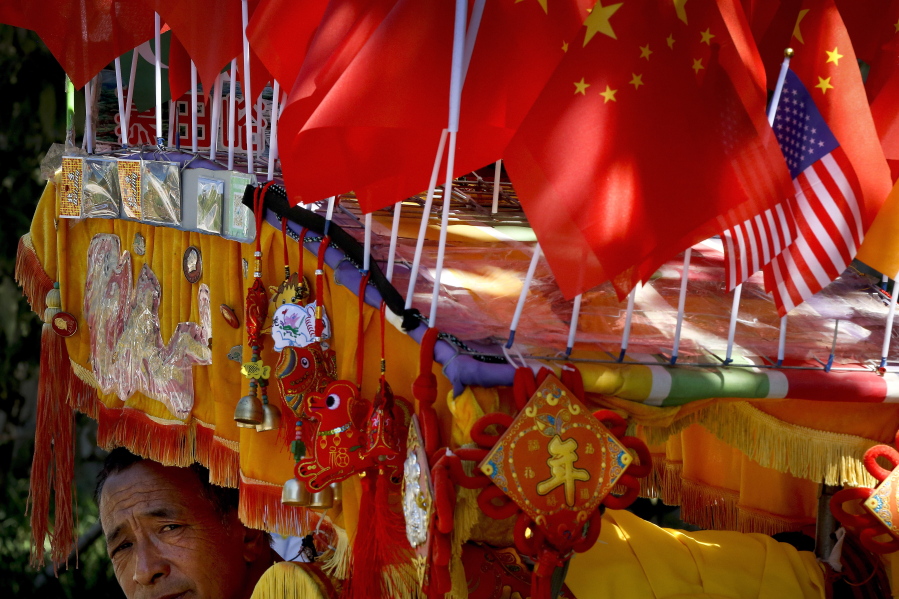WASHINGTON — The Trump administration will impose tariffs on $200 billion more in Chinese goods starting next week, escalating a trade war between the world’s two biggest economies and potentially raising prices on consumer goods ranging from handbags to bicycle tires.
The tariffs will start at 10 percent, beginning Monday of next week, and then rise to 25 percent on Jan. 1.
President Donald Trump made the announcement Monday evening in a move that is sure to ratchet up hostilities between Washington and Beijing. Trump has already imposed 25 percent tariffs on $50 billion in Chinese goods. And China has retaliated in kind, hitting American soybeans, among other goods, in a shot at the president’s supporters in the U.S. farm belt. Beijing has warned that it would hit an additional $60 billion in American products if Trump ordered more tariffs.
Trump on Monday threatened to raise the stakes again if Beijing should retaliate, adding a further $267 billion in Chinese imports to the target list. That would raise the total to $517 billion — covering nearly everything China sells the United States.
After taking in public comments, the administration said Monday that it had withdrawn several items from an earlier list of $200 billion in Chinese imports, including child-safety products like bicycle helmets. And in a victory for Apple Inc. and its American customers, the administration removed smartwatches and some other consumer electronics products from the list of goods imported from China.
At the same time, the administration said it is still open to negotiations with China.
The two countries are fighting over Beijing’s ambitions to supplant American technological supremacy. The Office of the U.S. Trade Representative charged in a March report that China is using predatory tactics to obtain foreign technology, including hacking U.S. companies to steal their trade secrets and forcing them to turn over their know-how in exchange for access to the Chinese market.
Trump has also complained about America’s massive trade deficit — $336 billion last year — with China, its biggest trading partner.
In May, in fact, it looked briefly as if Treasury Secretary Steven Mnuchin and Chinese Vice Premier Liu He had brokered a truce built around Chinese promises to buy enough American farm products and liquefied natural gas to put a dent in the trade deficit. But Trump quickly backed away from the truce.
In the first two rounds of tariffs, the Trump administration was careful to try to spare consumers from the direct impact of the import taxes. The levies focused on industrial products, not on things Americans buy at the mall or via Amazon.
By expanding the list to $200 billion worth of Chinese imports, Trump risks spreading the pain to ordinary Americans. The administration is targeting a bewildering variety of products — from sockeye salmon to bamboo mats — forcing U.S. companies to scramble for suppliers outside China, absorb the import taxes or pass along the burden to their customers.



